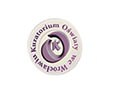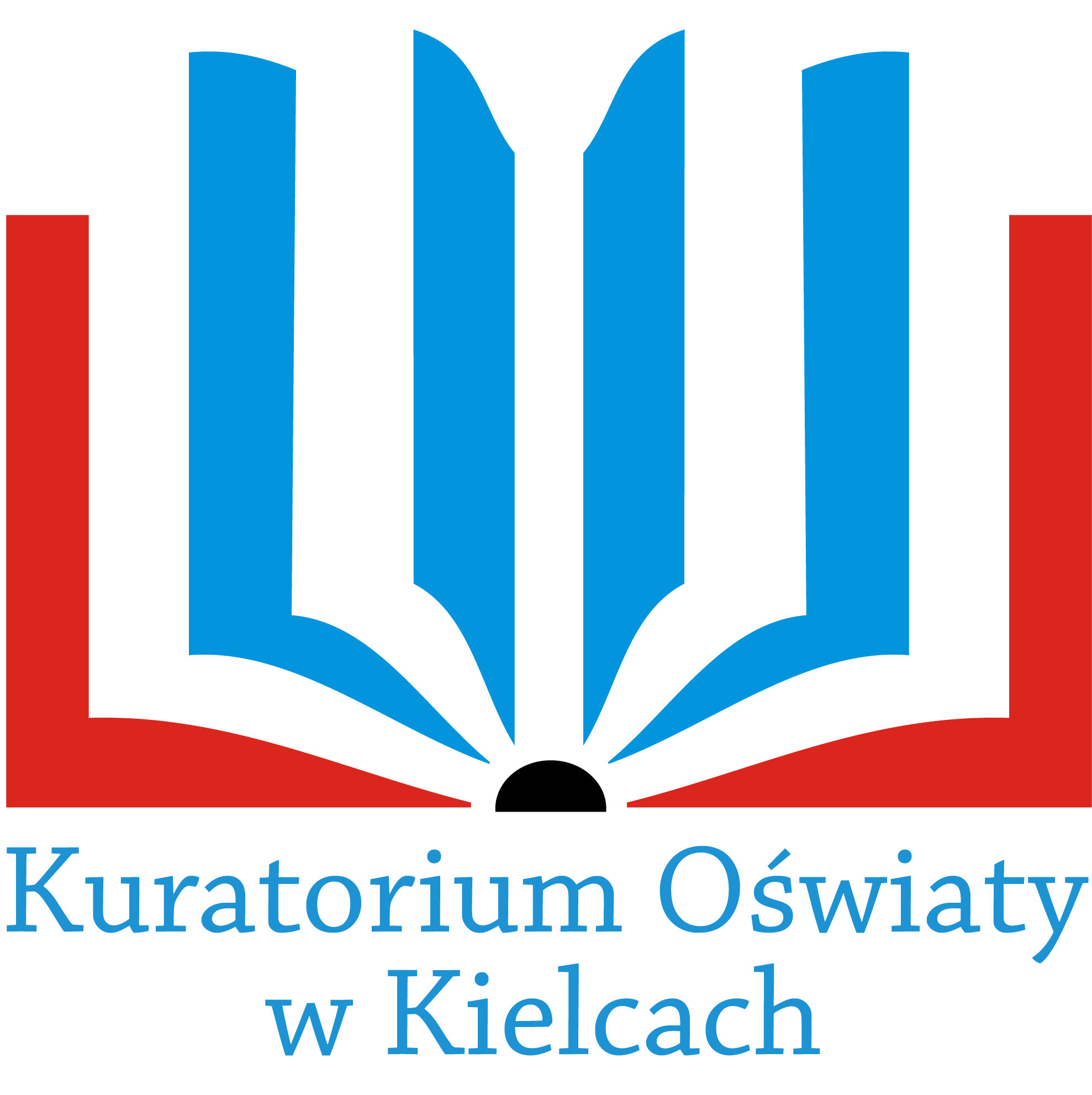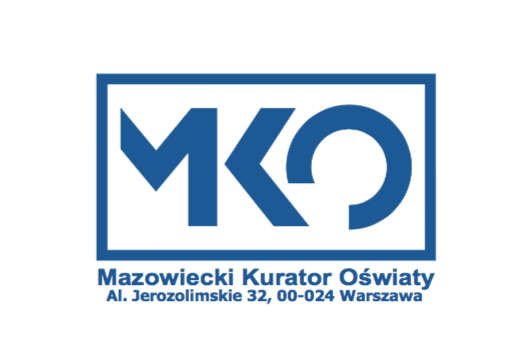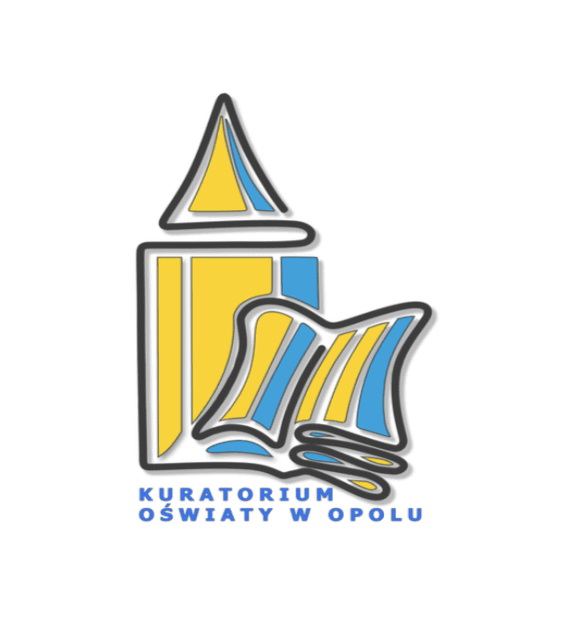The perfect imperfection
16 October 2014
“Imagination without knowledge may create beautiful things. Knowledge without imagination can create only perfect ones.”
Albert Einstein
Preface – the Discovery
It’s happening again. Always in the same order. One. A long needle pierces through his skull. Two. There’s a buzzing in his ears – dull and pulsating. Three. Black squares thicken before his eyes and then all burst in sequence, blurring his vision.Four. The squeezing. A tight band encompasses his head, stronger and stronger. Five.The band gets inside and drills a hole in some unspecified part of the neural network.
Theodore Retrospect intensely registers the sequence of sensations coming from his own body. For the last four days the procession of pain has marched through his head for about two hours a day. Theodore calls it sophisticated names and tries to patiently sit through the fit which is still new to him.
“I wonder whether the guys at the Clinic know that something is wrong here…”, he thinks, reluctantly looking at the dark screen of the medsmartphone.
Personal diagnostician
A little black box. As late as the beginning of the 21st century it was still mostly used for calling and texting. But then the first mobile applications started to appear, among them Agamatrix iHealth Smart GlucoMeter for measuring blood glucose level. Now, over 100 years later, the word smartphone has been prefixed with “med-”, as the device is now a hugely successful comprehensive “personal diagnostician”. It can communicate with numerous subcutaneously injected nanosensors and fluorescent fibres to constantly monitor the vital signs of the subject. The 22nd-century spy tracks all physiological deviations from the global health standards and immediately reports them to a personal physician. This “personal”, or rather “peculiar”, relation boils down to the doctors and the patient mutually texting each other with health recommendations and commitments for following them.
Quickly and easily, no queuing or undressing, no wooden spatulas under the tongue or cold stethoscopes on the chest. The health psychologist would now probably slam its fist on the table with indignation and preach on how important is the personal connection to the doctor for the healing process: thetoneofhisvoicesmileeyecontactthecolourofhereyesahandshake… STOP! After all, psychology of health went extinct over 50 years ago and the new hightechpsychology gets nothing but a deep sigh from the followers of “real science” – nanobiotechnology.
IFeel
Theodore rolls his eyes at his medsmart device and says in a husky tone: “Show vitals from the last hour.” The screen lights up and shows him various 4D graphs, colourful bars and serpentine lines.
“Blood pressure, breathing, body temperature, muscle contraction, cholesterol…” he gulped. “But where am I in all this?”
It must be added that Theodore turned 63 this year, but thanks to the method of telomere extension that was discovered five years earlier, he looks no different than an average 40-year-old.
Our genetic material is stored in structures called chromosomes, having telomeres at their tips (the Nobel Prize for the discovery of telomeres and the telomerase enzyme was awarded to a team of three biochemists – Elizabeth H. Blackburn, Carol W. Greider and Jack W. Szostak in 2009).
Previously, the telomeres shortened with each cell division, which translated into the ageing process.
But now Theodore has had the opportunity to use telomere extension treatment, and thus extend his youth.
He belongs to the Post-DINK generation ( DINK – “double income, no kids”, a term coined in the 1980s, meaning well-off couples without kids), adhering to the “I only start a family on social media” principle.
Deep inside, however, Theodore is a neopostmodernromantic.
He enjoys lengthy descriptions of genetically modified nature, he reads organic tea leaves, and misses animals – presently surviving only in research laboratories. He feels trapped with the modern health service and the permanent nanosurveillance of his body.
Beeep!”, the medphone lit up alarmingly.
“COLLECTING DATA FROM NERVE AND GLIA BRAIN CELLS.
LOADING…”
“Damn!”, he swore emphatically. “It’s counting something again…”
“DIAGNOSIS: GLIOBLASTOMA MULTIFORME WAIT FOR YOUR PERSONAL DOCTOR TO CONTACT YOU”
Theodore froze, paled and for a moment it seemed his hair had turned grey.“Glio… glio-what?!”
IThink
Clara Eyeglass was so tired she fell into her bed. Four blocks away, in the Oncology and Gene Therapy Clinic, she’s just finished grafting modified immune system cells to a body of a patient with lymphocytic leukaemia. The standard procedure was first performed as early as mid-2011 thanks to Michael Kalos and his colleagues from the University of Pennsylvania. It involves taking the patient’s immune cells and equipping them with special receptors. Such “customised” cells are then reintroduced into the body, where they identify and vanquish the enemy – the neoplasm. Thanks to the chips in her brain, Clara could remotely control the avatar on her medphone’s screen, sending movement sequence algorithms to the microrobot executing the surgery – yes, remote surgery is a breeze. The prototype research on a “virtual body” controlled by primates were performed by Miguel Nicolelis and his colleagues from the Duke University Medical Center.
“Another saved patient,” Clara thought with satisfaction. She really believed that we live in “the best of all possible worlds”, a global eco-village, with waste segregation and renewable energy sources.
She feels proud thinking of the achievements of modern medicine and biotechnology, such as the “ninja” nanogels with blades for cutting the bacteria attacking the human body (created by the researchers from IBM Research-Almaden). She likes to use the modern Esperanto of the four letters: A,T,G,C (after completion of the Human Genome Project in the 21st century, all sequences of nitrogenous base pairs in the human genome became known, along with their abbreviations A,T,G,C quickly became a part of everyday speech).
“Buzz..buzzz”, Clara’s medphone vibrated quietly and spat out a curt message on the screen: “PATIENT 00AC4567 DIAGNOSIS: GLIOBLASTOMA MULTIFORME SEND RECOMMENDATIONS.”
“buzz…buzzz”, again.“MESSAGE FROM PATIENT 00AC4567: I’D LIKE TO MEET IN PERSON, I WANT TO TALK”
Clara is familiar with central nervous system neoplasms, she knows that this one is still untreatable.
But Clara knows nothing about “meeting in person”, until now she has only had contact with patients virtually or by text; at worst she faced the anaesthetised patients lying on the operating table.
Clara thinks in social networking sites statuses, her sentences are limited to 160 characters, she doesn’t know how to talk face-to-face.
For the first time she doesn’t know what to do.
Coda – the Meeting
It’s the year 2179.
In the new world, people still pay taxes, only in the new, virtual Bitcoin currency. There are still wars, just harmless ones – among huge corporations for their client databases. People still fight against hunger, only now using in-vitro laboratory-produced meat. And people still die, just not of a spontaneous heart attack or unexpected stroke.
Inside the Clinic, in the operating room, thought-controlled microrobots guided by interdisciplinary physicians perform a surgery on an anaesthetised patient’s body. The corridor is silent, there’s just the two of them. Theodore and Clara. It’s hard to start a conversation. Theodore’s sore head is too small for the big, technical terms. There’s only one word that echoes: UNTREATABLE. Theodore starts crying. Just like that. His eyes exude water with salt and protein. Suddenly Clara starts crying too. They both cry helplessly facing one another, bonded by the cord of old-fashioned empathy. The strange connection that occurs cannot be described with DNA code or the binary data. They feel a previously unknown relief, the burden of perfection removed from their shoulders. They can be just human again. People, weak with their sickness but also strong with the power of another person’s support. Only human…? Actually Human.
Author: Klaudia Szklarczyk-Smolana



























